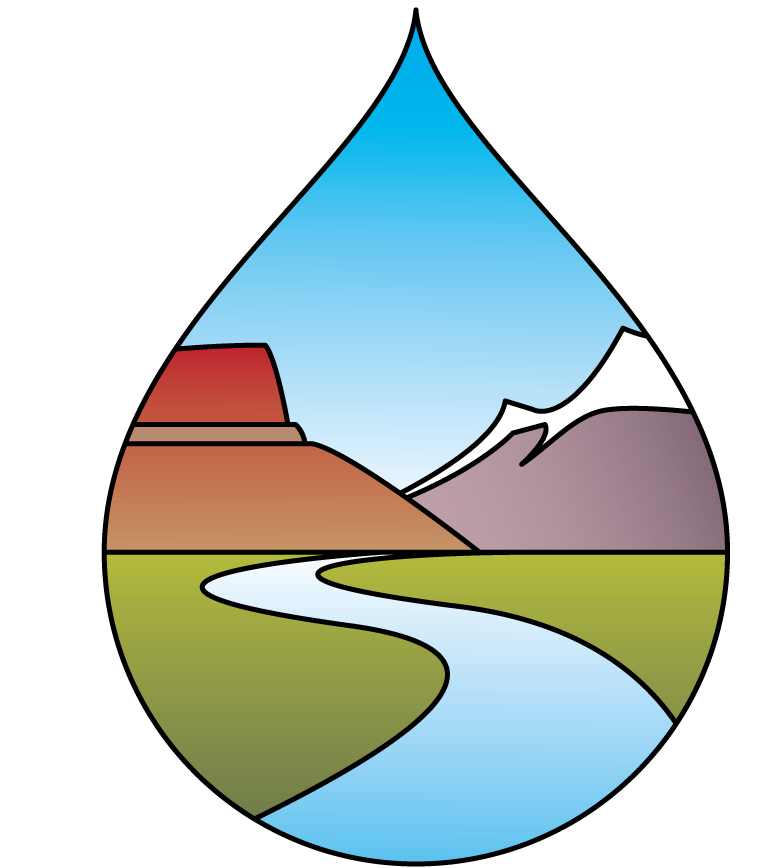Position #461 – March 25, 2021
WHEREAS, Western States experience great variability in precipitation, with serious impacts and consequences for water supply planning and management, drought and flood preparedness and response, water rights and water market administration, operation of water projects, and irrigation management; and
WHEREAS, sound decision-making to protect life and property and to inform decisions involving billions of dollars of economic activity involving urban centers, agricultural production, and fisheries depends on our ability to observe, understand, model, predict and adapt to precipitation variability; and
WHEREAS, data made available by weather station networks of all kinds operated by federal and state agencies, local interests, volunteer private observers, and universities that span the West is critical for sound decision-making; and
WHEREAS, at the local scale the National Weather Service’s (NWS’) Cooperative Observer Program – the nation’s oldest and largest weather network – collects critical information on precipitation intensity that supports design of community flood control infrastructure and planning for flood hazard mitigation, especially in rural areas; and
WHEREAS, at the global scale NWS geostationary and polar-orbiting weather satellites capture the data needed to make hourly to two-week forecasts, and issue public safety warning and watches; and
WHEREAS, the U.S. Bureau of Reclamation’s Agrimet network is an example of an agroclimate network of weather stations whose data can be used for improving water planning and water use efficiency in the agricultural sector, conserving water, improving crop yields, reducing pesticide and fertilizer application, and reducing energy costs for growers; and
WHEREAS, weather station network data serve as an important and efficient ground-truthing, calibration, and model validation tool for analysis of information products derived from satellite and remote-sensing platforms such as Landsat and others; and
WHEREAS, network observations can provide near real-time information for estimation of vegetation evapotranspiration (ET) and in-the-field crop water use, that can be used to optimize production and increase the efficiency of irrigation, estimate crop water shortages, and are used extensively by irrigation districts, farmers, resource conservation agencies, municipal and state entities, and agricultural consultants; and
WHEREAS, agricultural water use is the largest consumptive use of water in the West, and weather stations and other observing systems that aid in water conservation and more efficient use of water will be a critical tool for meeting future water supply and water quality challenges posed by growing needs for food and fiber; and
WHEREAS, many of the nation’s weather observing networks suffer from the challenges of aging instrumentation infrastructure, deferred maintenance, need for technology upgrades, and budgets that fail to keep up with observing system needs, making it difficult to maintain data continuity for users; and
WHEREAS, weather station networks operate very efficiently and yield public safety and water supply benefits that are much greater than the cost of their operation providing significant value to their users.
NOW, THEREFORE, BE IT RESOLVED that the Western States Water Council expresses its continuing support for critical weather station network observations and programs and urges the Administration, Congress, and supporting partners at all levels, to give a high priority to the allocation and appropriation of funds for their continued operation and expansion.
Revised and Readopted (see former Position #418 – March 14, 2018)
